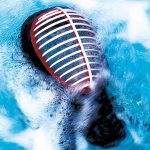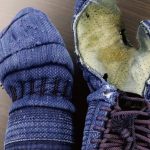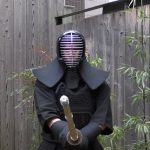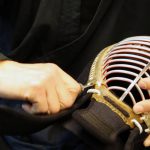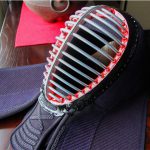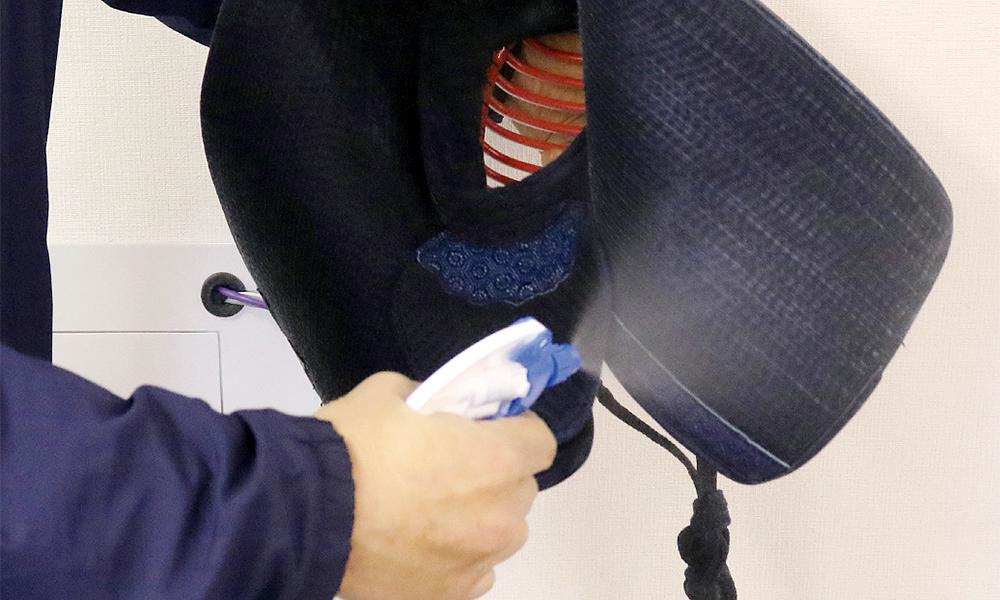
Treating your gear well is an important factor to learn in martial arts
In this series we introduce important tips related to the kendo gear (protective gear) all kenshi use daily. We asked Mr. Shoji Seki, who has been involved in the designing and sales of kendo gear for over 30 years, about kendo gear maintenance.
For example, it has been long said that hand-made kendo gear can last forever, but according to Seki, these days it is rare to find high quality gear that can last.
Perhaps 30 or 40 years ago you could keep repairing hand-made kendo gear and use it for a lifetime. Gear made in the old days tended to be heavy and difficult to get used to, but on the other hand it was 3 or 4 times more durable than the ones you find today. These days usability is in high demand, so kendo gear has become a lot lighter overall. Lighter gear means it is easily worn and damaged.
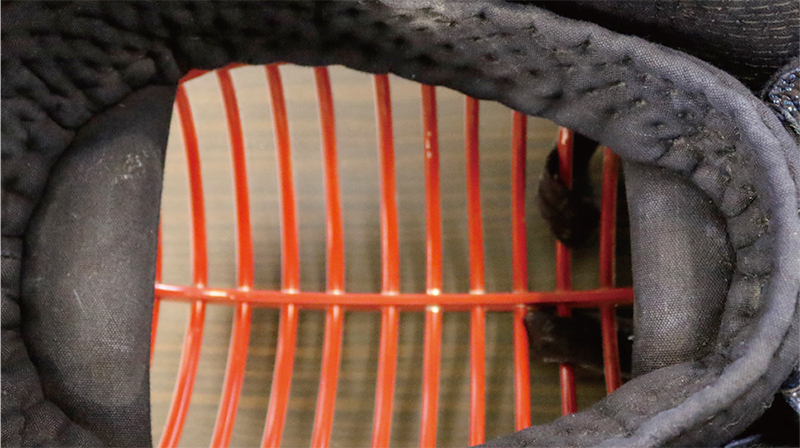
There have been high quality, made-in-Japan gear developed such as “Kiwami” and “Mine-Kinsei” that combines lightness and durability. But no matter what kind of equipment, the important thing in making it last is maintenance, the daily care.
It’s not that expensive gear is durable and cheap gear breaks easily. It’s whether the player treats the gear with a sense of attachment, in other words, maintenance. Even with cheap gear, if you use it carefully it can last for a long time. I explain these to customers when they place orders.
Seki uses the word “kendogu” (kendo gear) or “dogu” (gear) rather than “bogu” (protective gear). The All Japan Kendo Association officially calls it “kendogu” too, but Seki uses it to mean that it is an important part of your training in kendo, and it is not merely for protecting your body.
Seki suggests that maintenance is important not only because it results if better return on investment, but treating your gear with care is an important thing to learn for all those involved in martial arts.
Nowadays, some people think of kendo gear as use-and-discard type things. Japan is too rich in materials that the whole Japanese culture is going that way. But treating things with care, treating your gear with care, is an important part of partial arts. It’s not just about winning or losing, striking or being struck. Especially for students, kendo is part of school education in which they learn many important things in martial arts such as greetings, aligning your shoes nicely after taking them off etc., and treating your gear with care is also one of them.
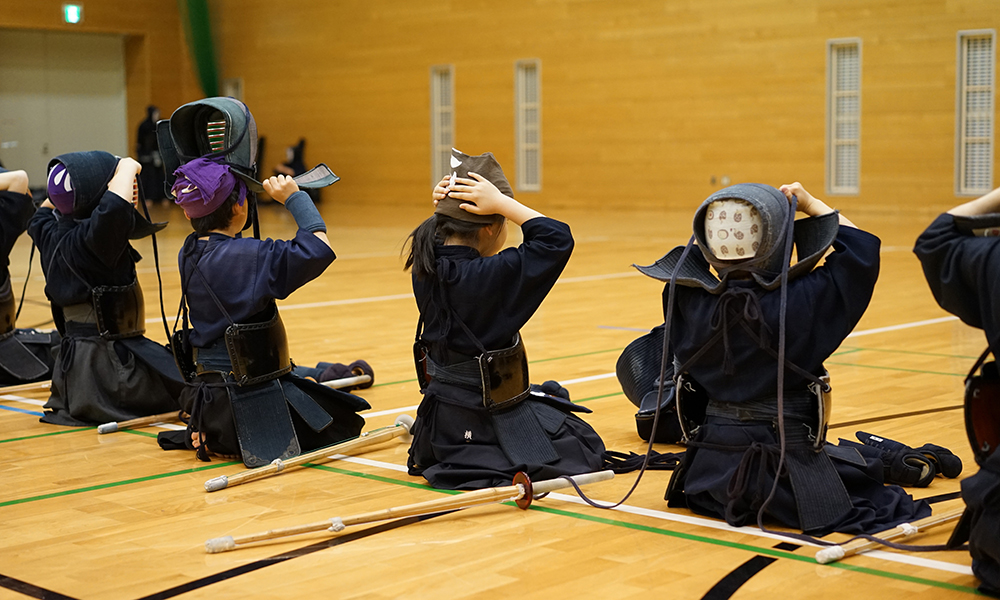
For elementary, junior high, and senior high students, and even for most university students, in most cases the kendo gear is purchased by parents who earn wages through working. In the past, there would have been many children who could not play kendo because they could not afford to buy kendo gear.
Even now there are families with many siblings whose parents cannot afford to buy equipment for all children even if they wanted to. Treating your gear with care, and getting good results through that, is a way to pay back your parents. Seki believes those are things that should be learned through martial arts as well.
There are kendo players who treat they gear with care in the same way, but I feel there are more players who don’t.
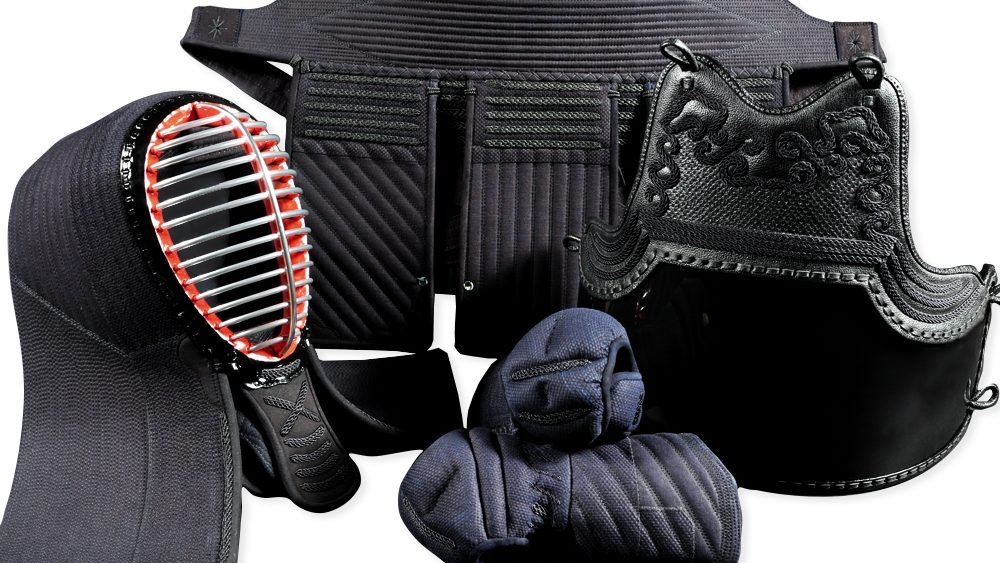
In any sports, players treat their equipment with care. “Especially high school baseball players are great” says Seki. Many readers would know this, but high school baseball players maintain their equipment with a lot of care. They have separate gloves and shoes for practice, and they put oil over the gloves, and when it gets wet they put newspaper over it.
 | Did you like what you've just read? Check this out. |



